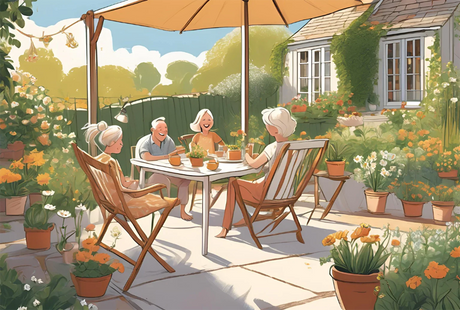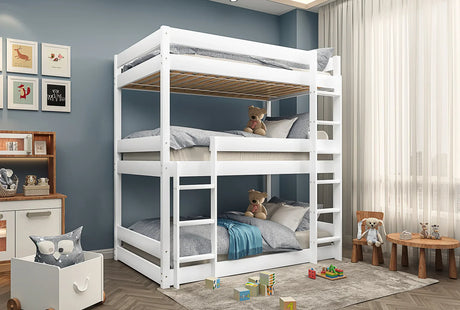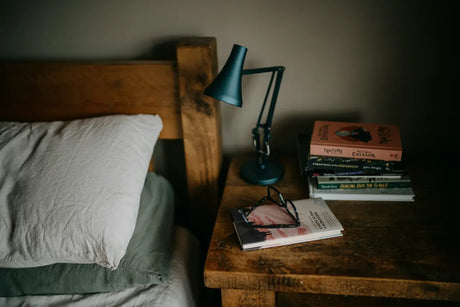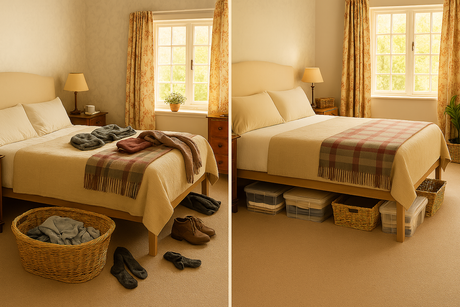
How to Clean and Maintain Garden Furniture: A Simple Guide
British weather can be brutal on garden furniture, leaving it dirty and worn out. This practical guide offers simple, effective cleaning tips tailored to different materials—rattan, plastic, and cushions—helping you...









